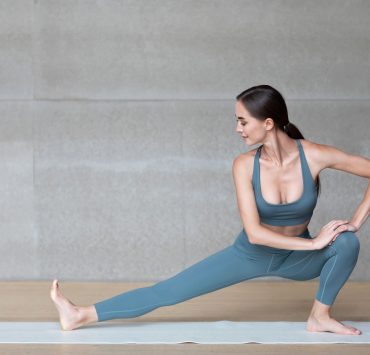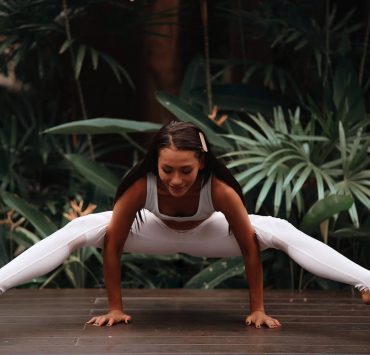
Lauren Howard holds a master certification in reiki, or energy…
In Ayurveda, the metabolic energy of digestion that helps eliminate the body of its waste and toxins is called Agni. Being mindful of this energy and what we put into our bodies is just as important as how we use our bodies. So, what yoga poses can we incorporate to better our digestive health and strengthen our Agni, known in Ayurveda, as the gatekeeper to our overall health?
It’s a question that could help individuals, as many as 70,000,000, experience digestive issues daily. These issues are not limited to, bloating symptoms, indigestion, flatulence, heaviness, abdominal discomfort, and cramps. These symptoms range in different levels of severity and accompany a slew of other concerns from over-indulgence to irritable bowel syndrome.
Perhaps, we should first answer why gut health is so important and why this metabolic energy source in Ayurveda holds so much revere.
Why Is Gut Health So Important?
The gut is the central source within us that replenishes our bodies by breaking down the foods we consume and converting this food into energy for our bodies and mind. The state in which the gut operates is essential for this reason as it aids our body by regulating stress response and for its responsibility for producing neurotransmitters that send chemical messengers.
A healthy gut works as the source of a strong immune system, contributing to heart and brain health and can work as effective cancer prevention and fight against autoimmune diseases. The gut also helps heal the microbiome through digestion, consisting of susceptible particles thrown out of balance when hormones produce signals to the body either by mental or physical stress. This physical stress is a component of why exercise is also a helpful tactic for an individual to utilize to have better digestion.
How Does Yoga Help With Digestion?
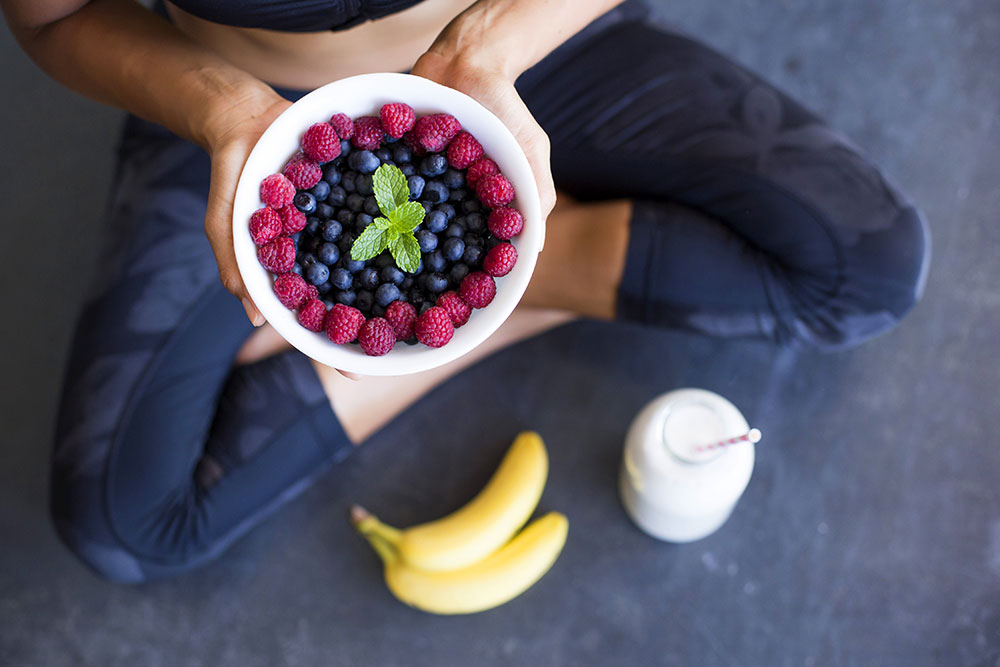
Studies found that physical activity positively influences gut health and, most notably, the gut microbiome with regular exercise of six weeks or more. This significant finding is that regular exercise enables higher microbiome diversity levels, meaning good and bad bacteria.
Good bacteria help control the immune system and contribute to the CNS or the central nervous system. If the body’s bacteria are out of balance, this could cause symptoms much like the digestive issues mentioned above and lethargy or weakened immunity.
Yoga benefits this digestion because of yoga’s twists and turns that work with the core and gently massages abdominal organs. This sort of ‘wringing out’ of the digestive tract helps relieve and promote healthy digestion. Yoga helps with digestion as it increases circulation and energy to and through the abdominal areas. Much like any exercise, when exerting physical activity, the internal organs are stimulated.
This physical exertion can help ease the discomfort associated with constipation, abdominal cramps, or bloating. In particular, yoga works in the body at a deeper level that enables stimulation to areas such as the large intestine and stomach. By creating this stimulation and gentle movement, we allow for the body to create balance at a core level.
What Poses Help With Digestion?
Generally, practicing yoga in the morning will start up your internal engine and improve circulation and movement at the very start of the day. However, some poses are preventative or to help relieve symptoms of discomfort associated with digestion. Here, we describe some of the beginning poses to incorporate.
Adho Mukha Svanasana — Downward Facing Dog Pose
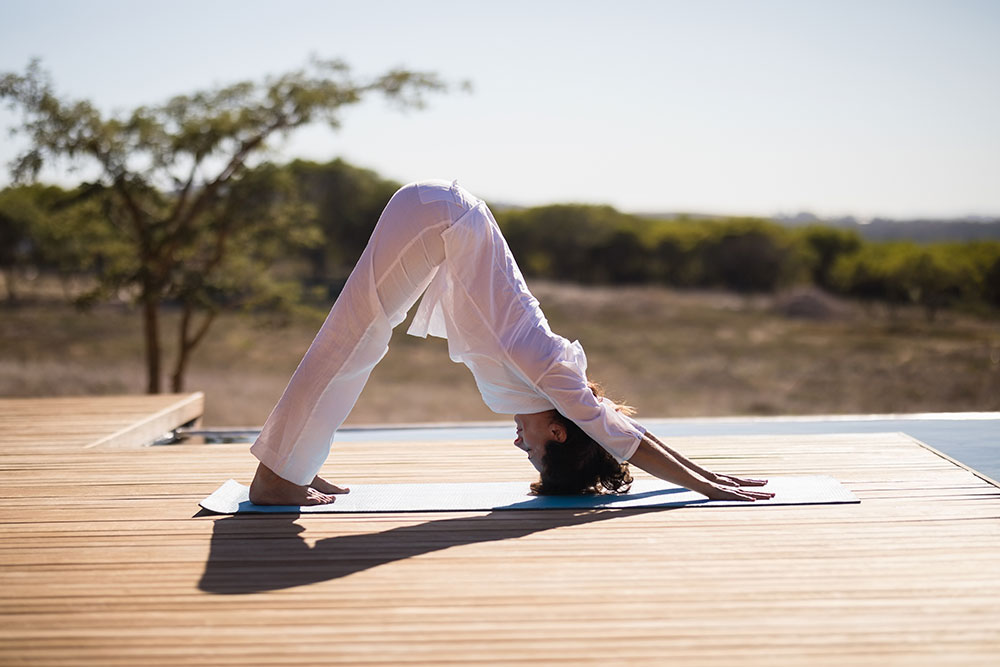
Downward dog is one of the first asana, or poses, that you’ll do in a class. Pronounced, (AH-doh MOO-kah shvah-NAHS-anna), this pose helps the body get moving by stimulating organs and can help energize and calm the body when feeling bloated or backed up.
Instructions: Start on the hands and knees and have your hands slightly forward of your shoulders. Lift knees away from the floor, keeping legs bent and heels lifted away from the floor. Lengthen the tailbone and press lightly toward the pubis. Against the resistance, lift the rear bones toward the ceiling and draw the inner legs inward from the inner ankles. Exhale and push thighs backward to stretch heels down onto the floor.
Straighten your knees, be careful not to lock them, and firm the outer thighs and arms, pressing the index fingers’ base actively onto the floor. From these points, lift arms from the wrists to the top of the shoulders, firm the shoulder blades, keep head between the upper arms, and make sure not to let the head hang to get a deeper stretch. Stay in this pose for a comfortable amount, anywhere from 1 to 3 minutes, keeping knees to the floor. To conclude, move into a child’s pose.
Setu Bandha Saravangasana — Bridge Pose
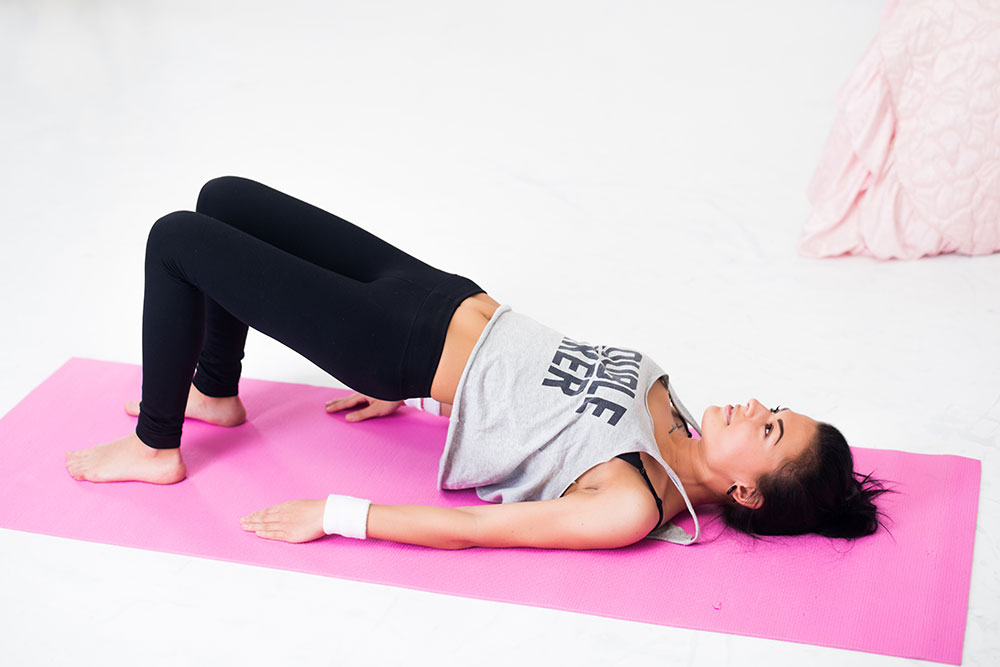
The bridge pose also has a handful of benefits. Along with digestion, it can also improve blood circulation, alleviate stress and anxiety, and lessen the symptoms associated with menopause.
Instructions: The bridge pose requires the individual to lie supine on the floor. It may be advisable to use a blanket or towel underneath to protect the neck, bending the knees up and pressing feet firmly to the ground. Exhale and press feet firmly, and stretch knees forward. Within 10-15 breaths, stay within the pose, slowly rolling the spine down.
Supta Matsyendrasana Supine — Twist Pose
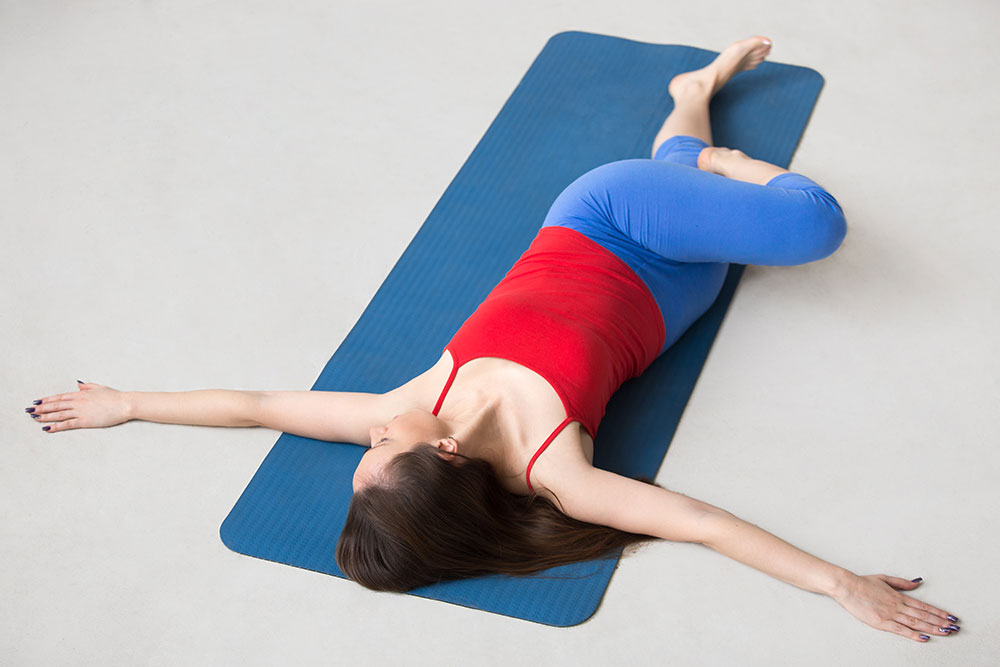
This pose, pronounced soop-TAH-MOTS-yen-DRAHS-anah, requires a gentle twist that comforts the abdominal organs, helping the kidneys and liver, helps facilitate digestion and reduce constipation.
Instructions: This pose begins by lying on the back, arms at the shoulders with palms facing the ceiling. Exhale to bend the right knee over to the floor while keeping shoulders on the floor, bring left hand to the right knee, exhaling further, pulling leg over and twisting across to the opposite side.
Marjaryasana — Cat Pose
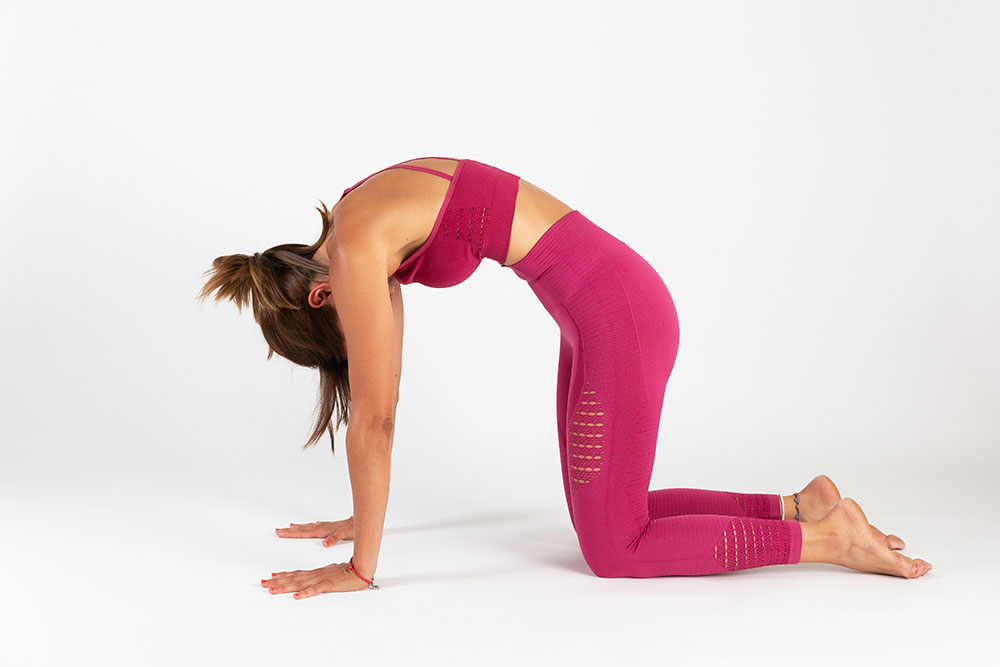
Marjaryasana (mahr-jahr-ee-AHS-uh-nuh) or cat pose often pairs with the cow pose or Bitilasana (bee-tee-LAHS-uh-nuh). When paired together, this is a gentle sequence that preps the body for activity and brings flexibility to the spine. Stretching throughout the back, torso, and neck stimulates and strengthens the core and abdominal organs.
Instructions: Begin on the hands and knees with wrists under the shoulder, with knees under hips. Point fingers to the top of the mat; keep shins and knees hip-width apart while centering the head in a neutral position, transition into cow pose, drop the belly towards the mat, lift the chin and chest while keeping your gaze at the ceiling.
Keep your shoulders broad and within the exhale, draw the stomach up to the spine rounding the neck, release the crown of your head back towards the ground bet, don’t force the chin. Repeat this 5-10 times, inhaling coming into the cow pose, and returning into the cat pose.
Utthita — Triangle Pose
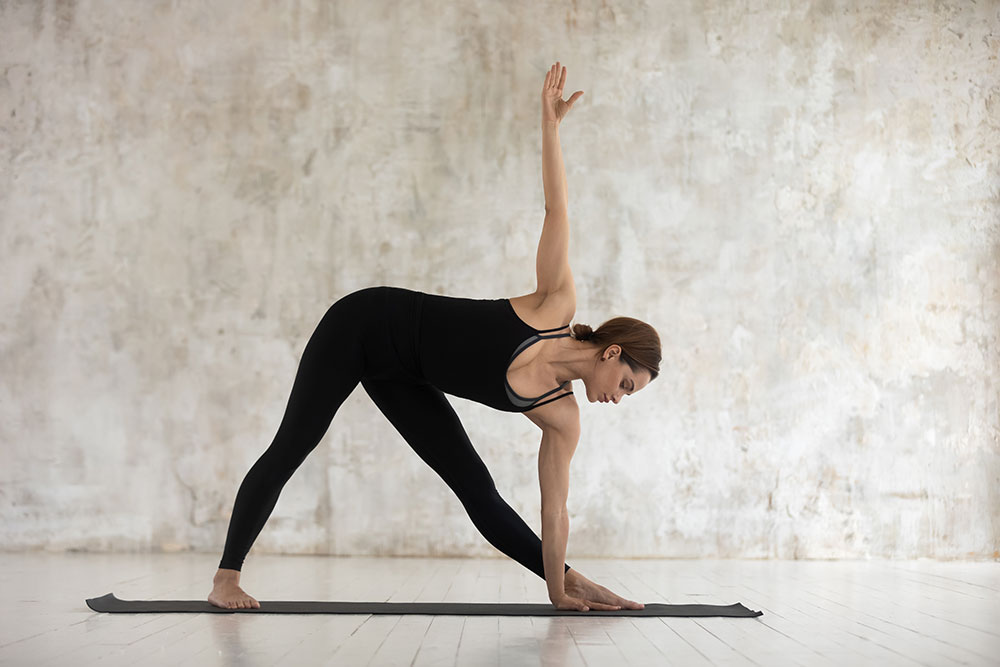
The triangle pose pronounced oo-TEE-tah trik-cone-AHS-anna helps individuals strengthen the core and back. The pose’s twisting motion aids in relief to the internal organs and can even alleviate symptoms associated with IBS or irritable bowel syndrome.
Instructions: To enter this pose, exhale and step lightly, keeping feet shoulder length apart. Raise arms parallel to the floor. Then, reach out to the other side, shoulder blades wide and palms stretch outwards. Turn left foot in towards the right and out 90 degrees. Align the right heel with the left.
Firming the thighs by turning the right thigh outward, the center of the kneecap is aligned with the ankle. Exhale and move the torso to the right, directly over the right leg. Move more in-depth into the movement by strengthening the left leg, pressing the heel firmly, and rotating it to the left. Allow the hips to move forward slightly and feel the tailbone lengthen back into the heel.
Rest the right hand at a comfortable level, either the shin, ankle, or floor. Keep head in a neutral position or turn slightly towards the left, staying stead within the pose for about a minute, then inhaling to come back up to erect posture, firmly pressing both heels back onto the floor, reaching arms tall towards the ceiling. To repeat, reverse the feet and continue onto the other side.
Uttana Shishosana — Extended Puppy Pose
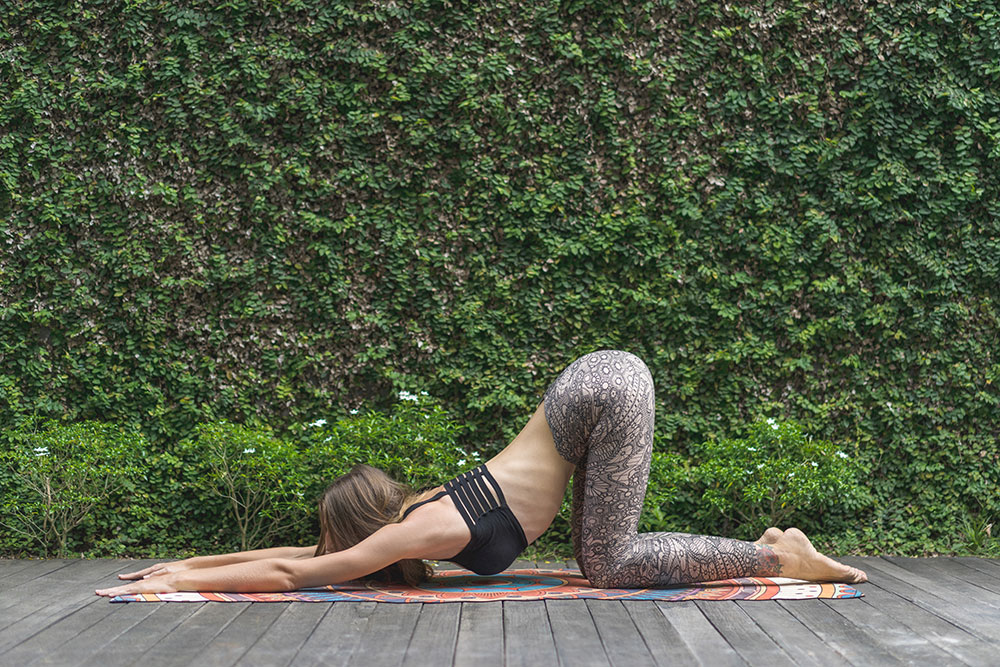
The extended puppy appears to be a mixture between two yoga pose staples; the child’s pose and the downward dog. Think of the bending that the dog makes when stretching. This pose can have benefited from relieving stomach cramps, rejuvenating the body, and improving flexibility.
Instructions: To begin this pose, fold the body forward with arms stretched outwards (like the child’s pose); however, instead of resting, the thighs are rear, extend up to the ceiling for a long deep stretch through the legs (as you would in downward dog) Feel this stretch long your stomach. Rest head and chest to the floor.
Paschimottasana — Seated Forward Bend Pose
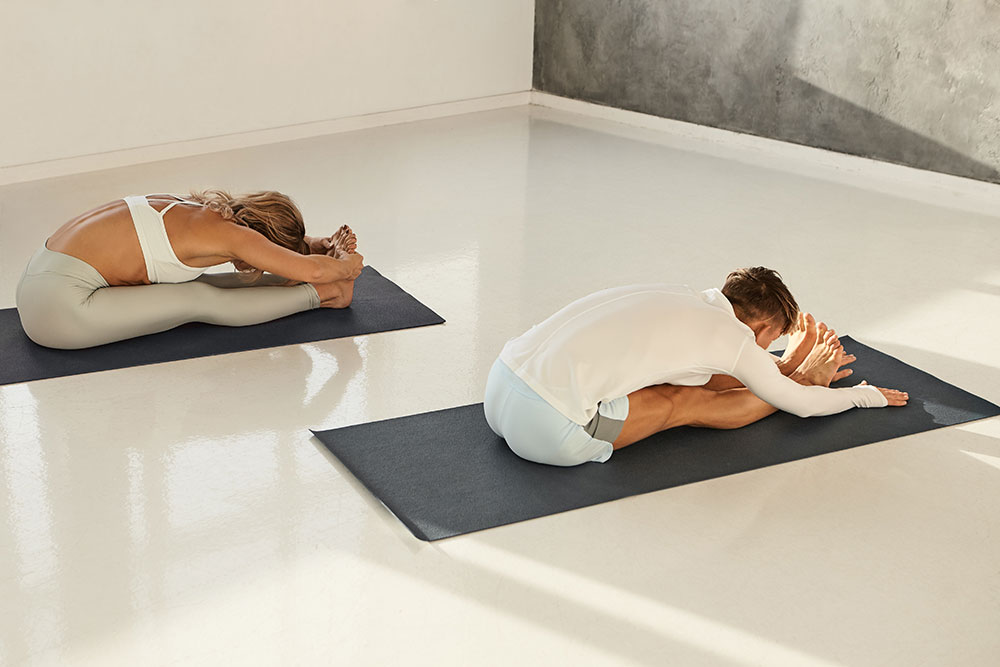
Paschimottasana (Posh-ee-moh-tan-AHS-anna) or seated forward bend is generally a simple pose but doesn’t make its benefits any less impactful. This pose allows support to the digestive organs and supports healthy elimination.
Instructions: This pose requires an individual to be sitting in an upright position with legs extended forward. Slowly folding forward, outstretch the arms and bend at hips, until the head touches knees (or for however far the individual can reach). If modifications are needed, consider a yoga block or pillow to ease in comfort.
Ardha Pawamuktasana — Half-Gas Relief Pose
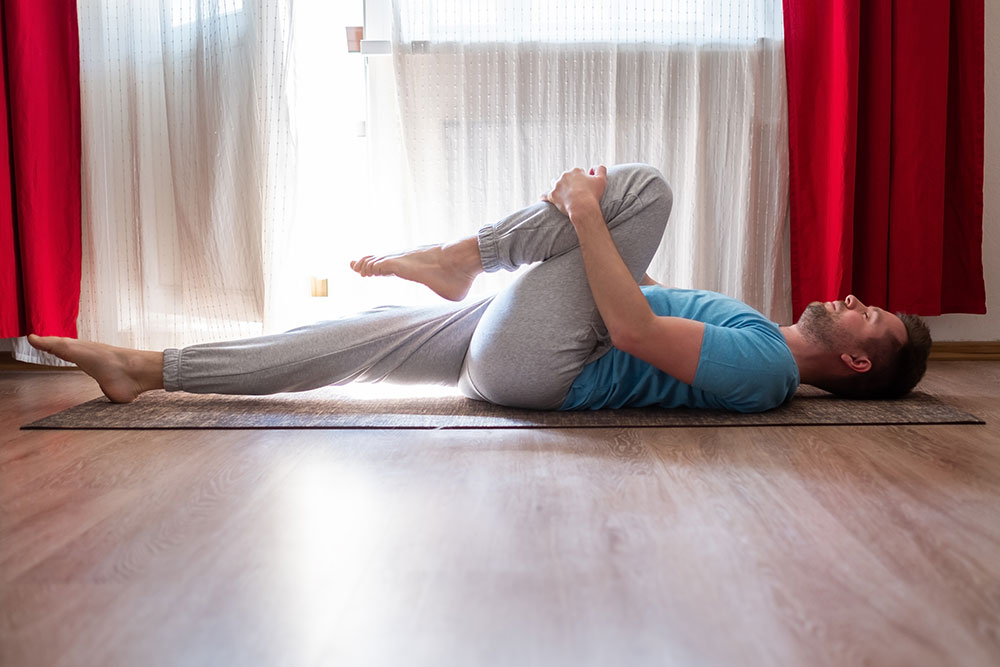
This pose’s benefits are in the name itself, helping with digestion, bloating, abdominal discomfort, and even Irritable Bowel Syndrome symptoms.
Instructions: For this pose, begin by lying down supine with feet and legs extended outward with arms stretched out the sides. Bring knees towards the chest, wrapping hands around thighs then hold. Taking a few deep breaths, bringing knees as close as possible, then try with the opposite leg.
Mayurasana — Peacock Pose
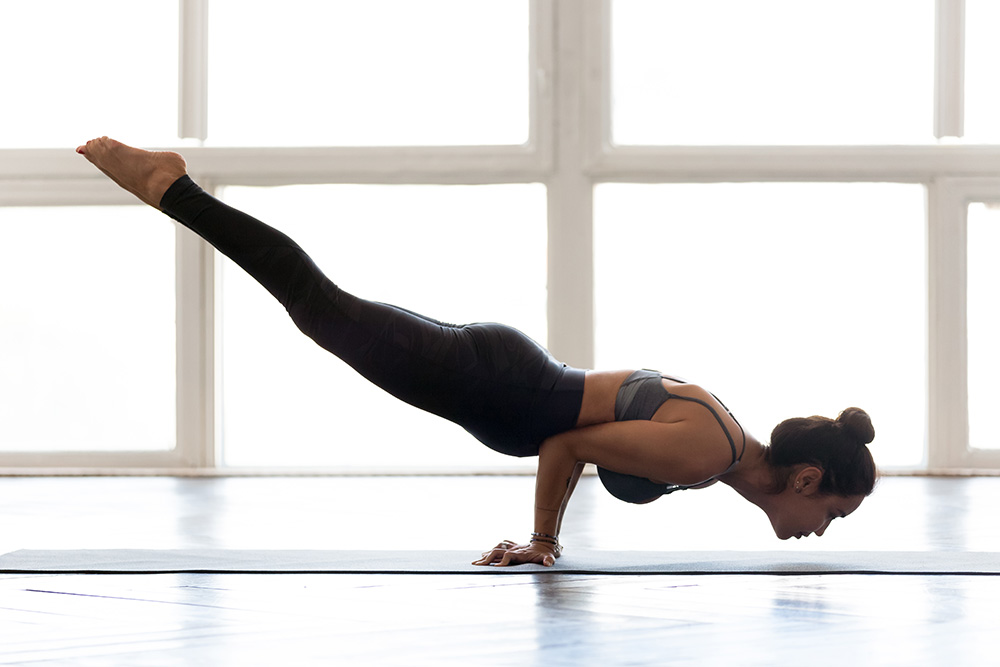
This pose symbolizes love, spirituality, and awakening while strengthening and toning muscles or organs for proper and balanced digestion.
Instructions: Begin by kneeling on your mat, then lean forward, pressing pals to the may with fingers pointed backward. Slowly extend the legs one leg at a time, until you are in a plank position with all your weight resting on the arms. Tighten abdominal muscles and hold the pose for about a minute.
Ustrasana — Camel Pose
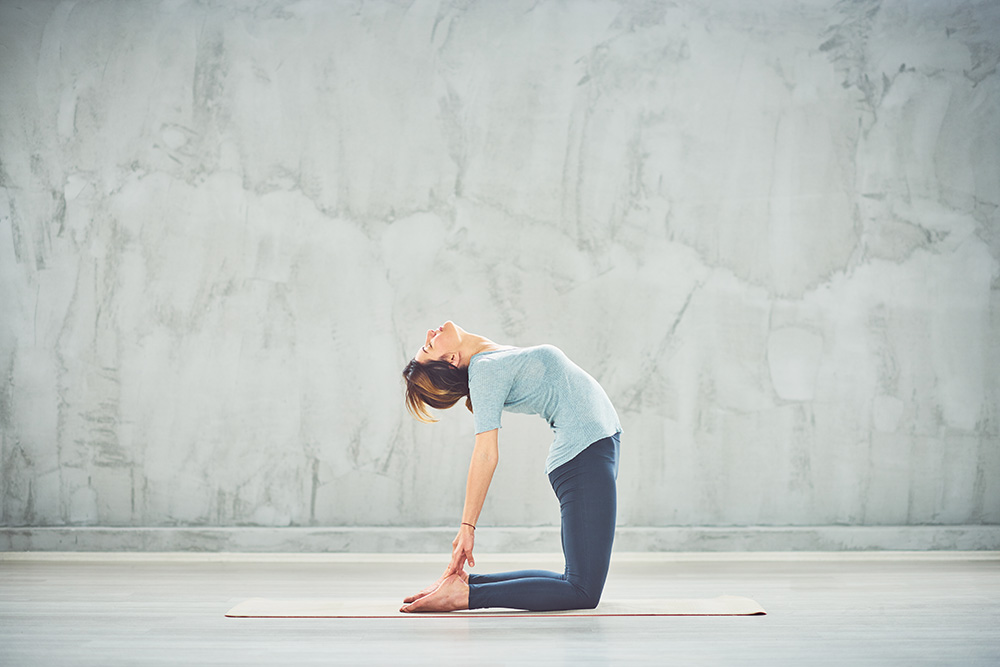
The camel pose opens up the hips and stretches the hip flexors, while expanding the abdominal region and promotes proper elimination.
Instructions: Sitting on the knees, with legs shoulder-width apart. Place the hands-on-hips with thumbs on the bony plate that rests at your spine, called the sacrum. Keep hips over knees and rotate thighs internally, squeezing them toward one another. Inhale and reach the tailbone toward the knees, lifting the sternum and drawing elbows closer, enabling the rib cage to expand.
Keeping chest raised, engage the core, and tuck the chin as hands drop towards the heels. Pressing hands on the heels of the feet, continue to lift the sternum. From here, lift shoulders to allow trapezius muscles (between shoulder blades) to rise and cushion the cervical spine. To conclude the pose, bring chin towards chest and hands towards hips, engage the abdomen, and use hands to support the lower back to return to an erect, upright position.
What Poses Can I Do After A Meal?
If in need of more relief, consider these poses for post-dinner comfort. These can be incorporated as they’re mindful of the food still breaking down in the stomach and aids in digestion through the spine and stomach muscles.
Gomukhasana — Cow Face Pose
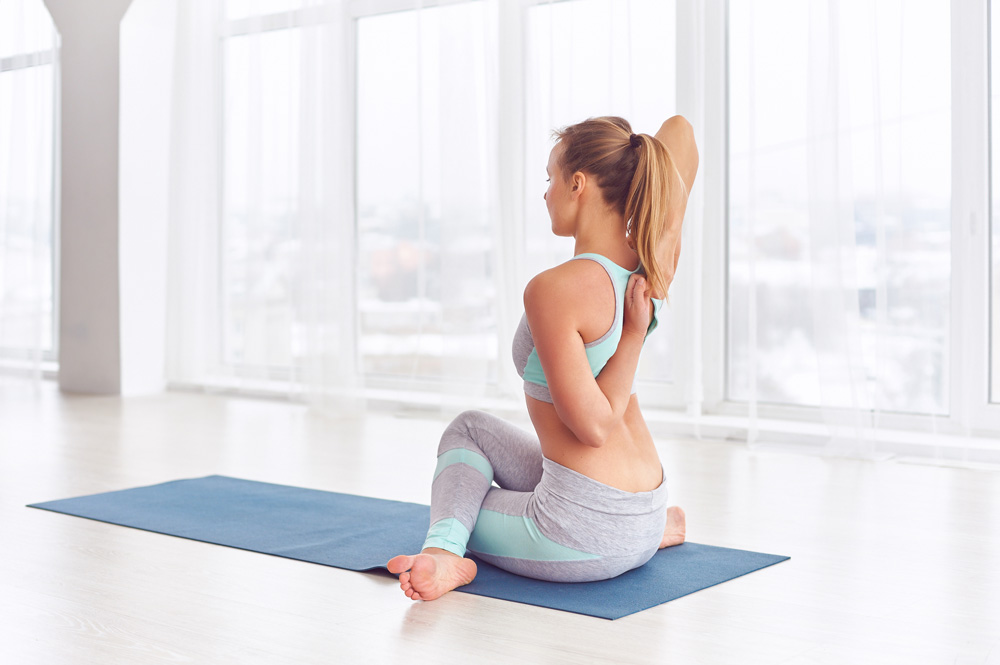
Go-moo-KAHS-anna or cow face pose stretches the hips while strengthening the spine and abdominals muscles. Individuals who have difficulty with this pose due to tight shoulders try modifying to touch fingers together as close as possible but not interlocking to hook fingers.
Instructions: Place the left leg and ankle near the left side of the hip, and place the right leg on the left so that both the knees touch each other and have hands at the back with the right hand holding the left. Keep the spine straight and take deep breaths. Repeat this process in intervals of one minute.
Vajraasana — Adamintine Pose
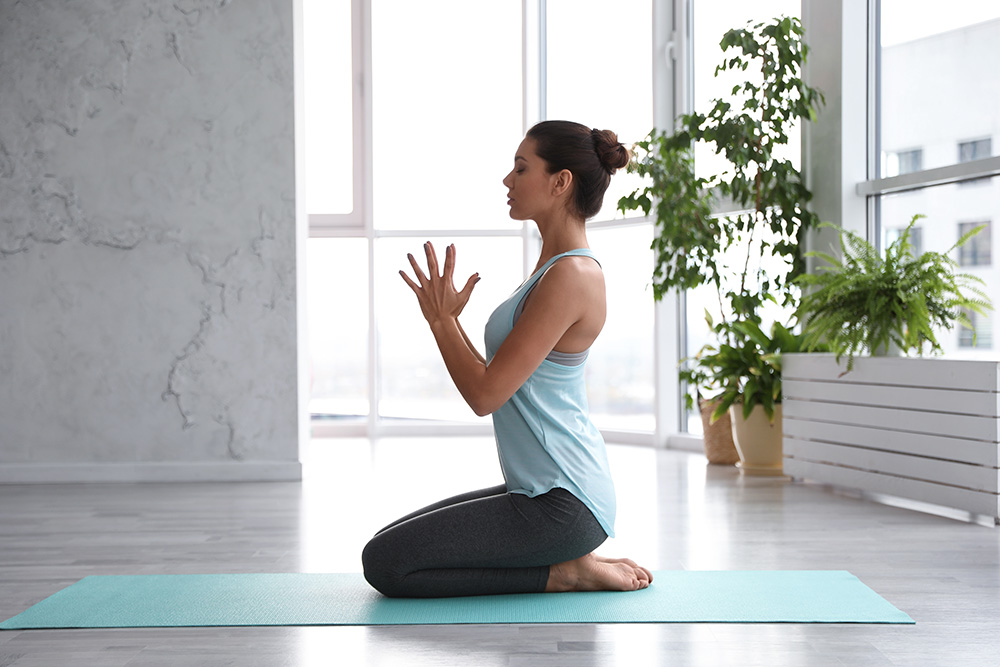
The adamantine pose earned the most beneficial yoga pose after dinner as experts suggest the movement stretches the upper body and abdomen, enabling in-depth and relaxed breaths post-meal.
Instructions: Sit folding both the legs and them towards hips, with feet under the rear, keeping palms on the knees. Maintain a straight spine and concentrate on taking deep breaths. Stay in this position for 5-10 minutes.
Ardha Chandraasana — Half-Moon Pose
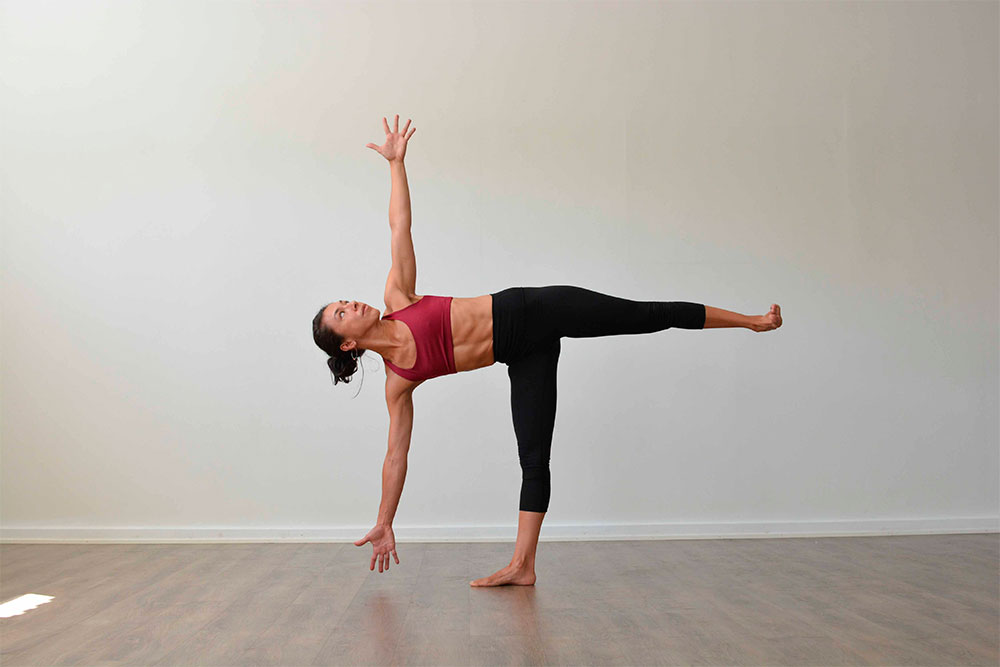
This pose helps to stretch the body’s sides and aids the stomach and abdomen for healthy digestion.
Instructions: Stand straight, lift the right-hand bend towards the left side, and reach the ground with the left hand. Repeat the same by alternating the hand positions.
When the gut is out of balance, it affects every aspect of the day and has the ability to influence mood. Incorporating yoga poses like these we’ve mentioned above can not only alleviate discomfort but also help prevent some future discomfort.
What's Your Reaction?
Lauren Howard holds a master certification in reiki, or energy healing, and has been practicing yoga for over 20 years. She began freelance writing as a means of spreading her truth and knowledge with a broader audience.






